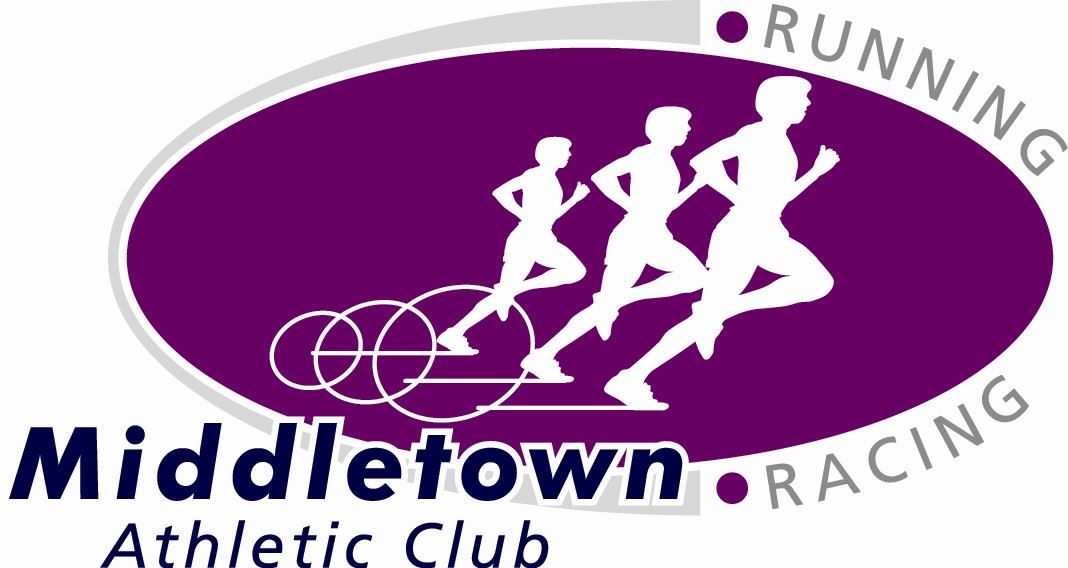Thoughts on the Run – How do your feet know what they’re doing? :
“Stop looking at the ground. Look ahead!” “Use your arms!” “Eyes up, drive those knees!” “Hips to lips. Hips to lips!”
Ever hear any of these lines being screamed at a race or track meet? And have you ever noticed if it works, reminding the athlete what they should already know to be doing?
Running forms are not universal. Oh, there are some significant suggestions to be made, like from the list above, but really in the long run (see what I did there?), running form is somewhat unique to each individual runner.
Just what is good running form? Well, the definition is as varied as the forms themselves. But here’s the basic gist of it – good running form is a form that allows you to locomote at a maximum speed, while using the least amount of energy. Wasted movement takes away our ability to move forward while it eats up valuable oxygen in the process. So, that definition gave you almost zero useful information, didn’t it.
Let’s try this. A good running form is a form in which you are comfortable while you are running. Not all individual forms are efficient, but (and here’s where it gets funky…) not all ‘significant suggestions’ are efficient for all runners. Does that clear up the mud?
One of my former athletes was a pretty good cross country runner. She sported a sub-20 5k time as a sophomore in college. Most of her improvements had come without a real coaching presence, so I was excited to be able to work with her. However, she had one of the worst running forms I’d ever seen. It looked painful!
One day after practice, I asked her to stay back and work with me a bit with some one-on-one drills, in an attempt to give her some visual and auditory cues that might assist her with her swinging arm carriage, knock-knee drive, whip foot, hunch-backed… running form. After a few minutes, I asked her one simple question, ‘So tell me about your injury history?’. ‘Coach, I’ve never been injured.’ I probably should have started there.
It became apparent I was trying to fix something that wasn’t really broken in the first place. Her running form was extremely efficient for her body’s structure. And a few tweaks here and there (‘eyes up’ for example) were the best I could hope for.
When I was in my upper 20’s, I trained with a pretty zippy group of runners in Virginia. Three of the club members were under the age of 20, while the other three of us were pushing 30. One day we were working on forms when I asked Coach Mike (our advisor) to critique what he saw in me. “I can’t fix it now, Shearer” was his response. I was a bit hurt and surprised. I knew better.
I do have a few form anomalies that I’ve worked on over the years and have seen an improvement in my efficiency as a result. I used to look down quite a bit, wondering if my feet actually knew what they were doing. On a trail, that’s probably a pretty good cue. On the roads, for the most part, they’re just fine on their own. Oh, and looking ahead rather than down helps you cue in on your competitors who are trying to outdistance you.
Form fixes take work, and as I have mentioned, are not always worth the energy expenditure for the return on the investment. If you do have a hitch in your giddy-up that you wish to tweak, here are a few suggestions…
Ask someone to video you running (both from the side and from behind). Or have someone watch you and offer up some observations (not suggestions… remember, form is still relatively unique). ONLY work on one thing at a time and ONLY if it’s something that can help without sucking all the fun out of it. And finally, be patient. Form fixed take time, sometimes months or even years.
“Run tall.” “Pump your arms.” “Breath through your mouth.”. These are all great auditory cues, but only if you’ve worked on them. Oh, and look up. Trust your feet know what they’re doing.
I hope to see you on the roads, tracks and trails.
